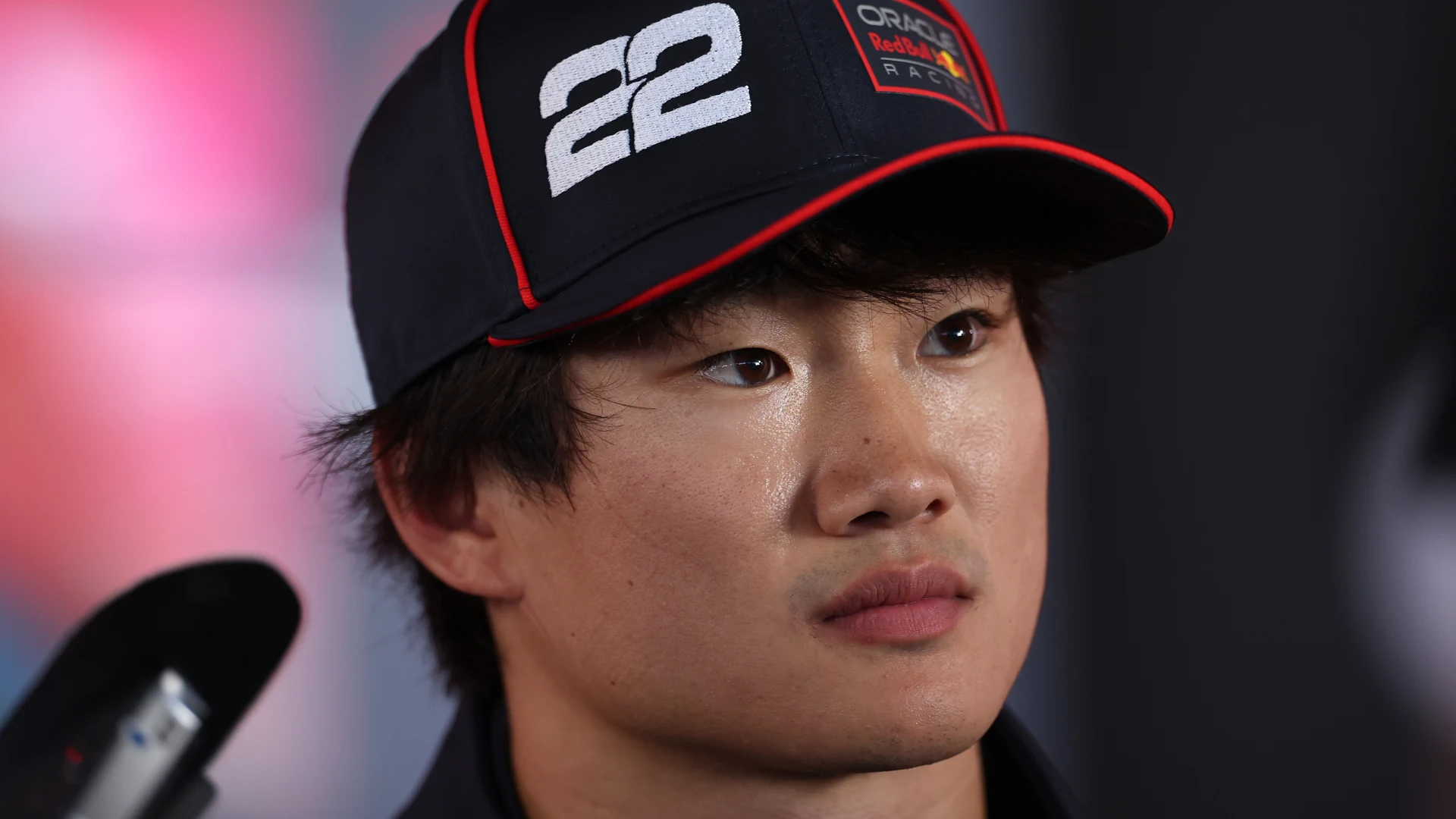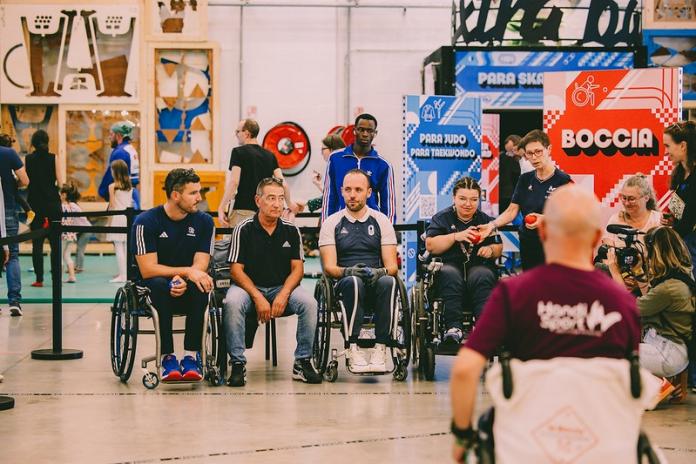Advanced Materials, All-Day Comfort, and a Secure Fit — A Premium Upgrade for Bose Headphone Owners
OAKDALE, Minn., Sept. 8, 2025 /PRNewswire/ — Hearing Components, the innovators behind Comply™, the leader in premium memory foam ear tips and ear pads, is excited to announce the release of its newest product: Comply™ Memory Foam Ear Pads for Bose QC Ultra. These replacement ear pads, designed specifically for Bose QC Ultra headphones, incorporate the recently introduced SmartSkin™ technology, delivering unmatched durability, comfort, and performance for discerning listeners.
SmartSkin™: Advanced Protection, Same Comply Comfort
Launched earlier this year, SmartSkin™ technology is a patent-pending coating engineered to dramatically extend the lifespan of Comply memory foam without sacrificing comfort or acoustic performance. By shielding against moisture, sweat, and debris, SmartSkin™ keeps ear pads cleaner and more resilient — ideal for everyday use, travel, or active lifestyles.
Key Features of the Comply™ Bose Ear Pads:
- Enhanced Durability: SmartSkin™ technology creates a protective layer that resists wear, moisture, and debris.
- Premium Comfort: Heat-activated memory foam conforms to the shape of the head and ears for a plush, pressure-free fit.
- Improved Noise Isolation: A snug seal helps block out ambient noise, allowing for a richer, more immersive listening experience.
- Custom Fit for Bose: Designed to fit select Bose over-ear headphone models, offering a perfect replacement solution for worn-out factory pads.
Innovation for the Future of Listening
Hearing Components has been at the forefront of audio accessory innovation for over 30 years, blending cutting-edge materials science with ergonomic design. The Comply™ Bose Ear Pads with SmartSkin™ technology represent the next step in delivering high-performance comfort and longevity to headphone users.
Experience the Comply Difference
The Comply™ Bose Ear Pads are available now. For more information, visit www.complyfoam.com or contact customer service at [email protected].
About Hearing Components
Hearing Components is a U.S.-based manufacturer dedicated to enhancing the way the world listens. Under its Comply™ brand, the company designs and produces premium memory foam ear tips and ear pads trusted by audiophiles, musicians, professionals, and active users worldwide. All products are proudly made in the USA. Mission: To protect hearing while transforming the way the world listens.
Hearing Components, Inc
Comply™
Dana Rodriguez
Director of Sales and Marketing
[email protected]
SOURCE Comply










